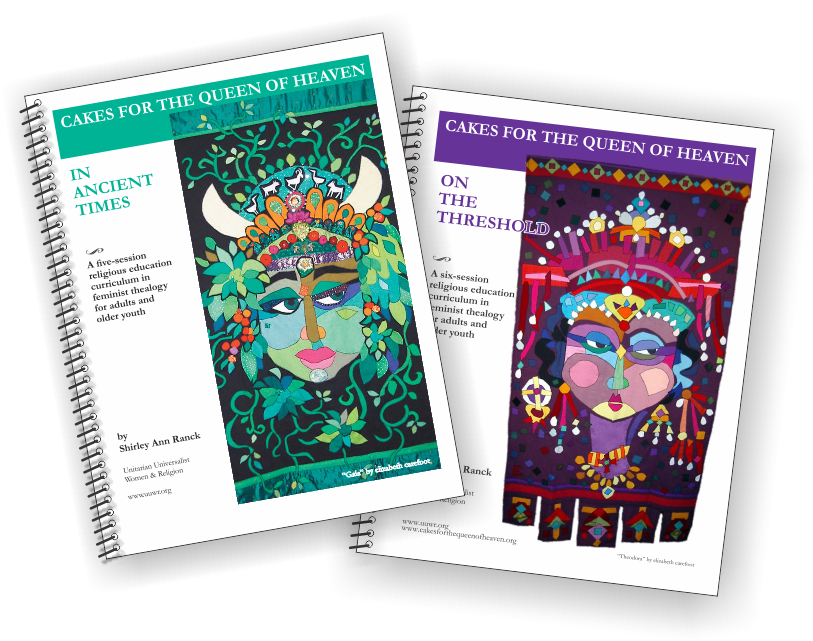Friends
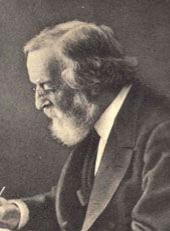 James Freeman Clarke
James Freeman Clarke
Fuller met Clarke while he was a student at Harvard studying for the Unitarian ministry. He became part of the circle she gathered around her as a young woman in Cambridge. Clarke published some of Fuller’s earliest work in the Western Messenger, a periodical he started in 1835. (Photo: Andover-Harvard Theological Library)
William Henry Channing
The nephew of William Ellery Channing, William Henry was a Harvard-trained Transcendentalist Unitarian minister. He was a prolific writer for the Dial, and the editor of the socialist periodical Present to which Fuller contributed. Channing was an Associationist, a movement that married socialism with Christianity.
Lydia Maria Francis Child
One of Boston’s foremost abolitionists and Unitarians, Child was the author of America’s first anti-slavery book. She tutored young Margaret at the Francis home in Watertown, Massachusetts, and later continued their friendship in Boston and New York where Child edited the National Anti-Slavery Standard.
Ralph Waldo Emerson
Considered the leader of the American Transcendentalist movement, Emerson was an author, philosopher, lecturer, former Unitarian minister, and founder of the Dial, which he asked Fuller to edit. Fuller first met Emerson at his home in Concord, Massachusetts, where many Transcendentalists gathered at the informal “Concord University.” Their relationship is the subject of much study. He was an early mentor and friend, but Fuller exerted her independence of thought.
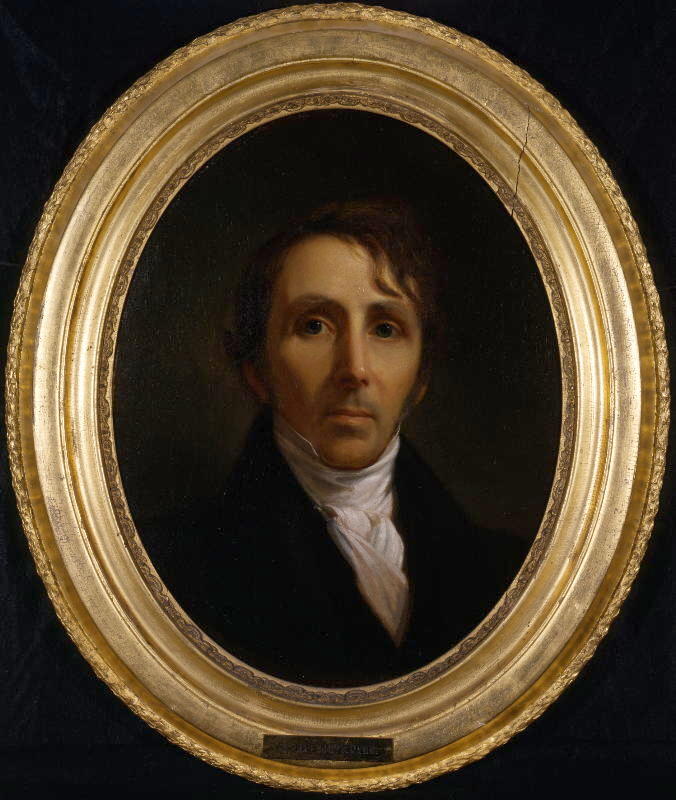 William Ellery Channing
William Ellery Channing
As the leading Unitarian minister in Boston and the nation, Channing was a central figure in the lives of Fuller and her Transcendentalist friends. As the historian Frank Carpenter explains, “Channing fervently believed God had made human nature, with its capacity for moral choice and ever increasing understanding, akin to the divine. He confidently preached the possibility of unending moral and spiritual progress for all who would shape their lives in accordance with its demands.” As a young woman, Fuller worked for Channing as a reader and translator and she attended his Federal Street Church. Channing’s nephew, Ellery, married Fuller’s sister Ellen. (Photo: Imaging Department © President and Fellows of Harvard College)
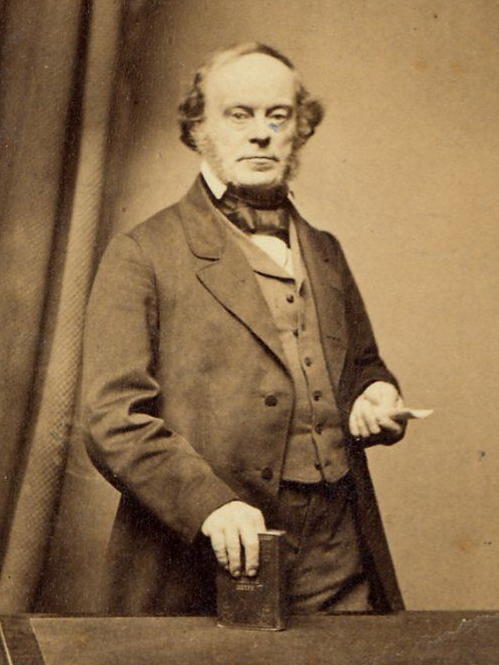 Frederic Henry Hedge
Frederic Henry Hedge
Hedge and Fuller became friends while he was studying for the Unitarian ministry at Harvard. Hedge was also an author, and part of the Emerson group in Concord where he founded what would become the Transcendentalist Club. Fuller was invited to join the club, which was the first time women were allowed as members of a leading male intellectual society. Hedge served on the faculty at Harvard and edited The Christian Examiner. (Photo: Andover-Harvard Theological Library)
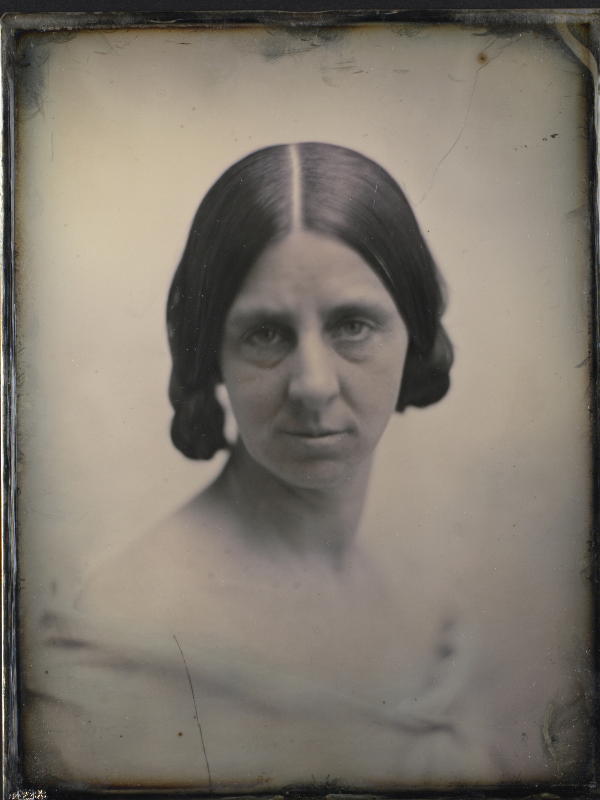 Caroline Sturgis Tappan
Caroline Sturgis Tappan
Transcendentalist, poet, and children’s author, Caroline Sturgis was one of Fuller’s closest friends and part of the Concord group. During Fuller’s period of homelessness, they traveled together. Tappan attended Fuller’s Conversations, and contributed to the Dial. (Photo: George Eastman House, International Museum of Photography and Film)
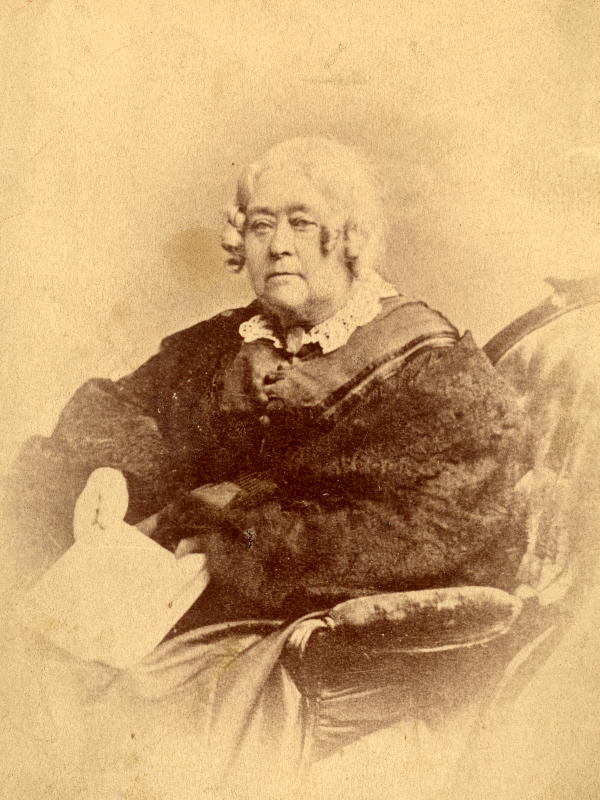 Elizabeth Peabody
Elizabeth Peabody
Peabody’s bookstore on West Street in Boston was the site of Fuller’s Conversations, which Peabody attended along with her sisters Mary and Sophia. Peabody taught at Bronson Alcott’s Temple School and founded the kindergarten movement in America. She was an author and the first woman publisher in Boston. (Photo: Concord Free Public Library)
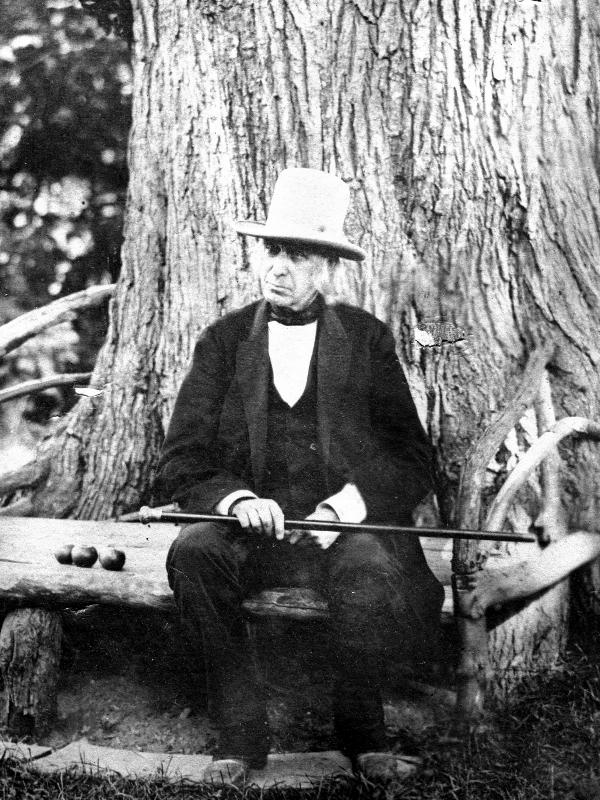 Bronson Alcott
Bronson Alcott
Fuller met the educator, philosopher, and Transcendentalist in Concord in 1836 and moved to Boston to teach at his controversial Temple School. Alcott’s discussions of sexually explicit subjects, reinterpretations of the Gospel, and acceptance of an African American student caused the school to close in 1837. Alcott later helped found the failed utopian community Fruitlands in Harvard, Massachusetts. (Photo: Concord Free Public Library)
Hiram Fuller
Hiram Fuller (no relation) hired Fuller for an impressive salary to teach at his Greene Street School in Providence, Rhode Island, in 1837. There, with her students, Fuller really blossomed as a teacher and first examined female culture. She gave her first public speech on the subject at the intellectual Coliseum Club. Hiram Fuller was a follower of Bronson Alcott, applying many of Alcott’s child-centered methods to his own school.
Horace Greeley
Greeley noticed Fuller’s bold writing in the Dial and hired her for his reformist Whig newspaper, the New-York Tribune, making Fuller the first woman to head the literary department of a major American newspaper. Fuller established herself as a leading public voice for social and political reform. When Greeley published her writings from Europe, Fuller became the first woman correspondent and the first woman journalist to serve during wartime for a major American newspaper. Greeley published Fuller’s most famous work, Woman in the Nineteenth Century.
Harriet Martineau
Fuller first met Martineau in Cambridge, Massachusetts, while the celebrated and outspoken British journalist, philosopher, and social commentator was touring the United States. While Martineau was somewhat critical of Fuller’s book Woman in the Nineteenth Century, and Fuller took issue with Martineau’s book Society in America, the two women resumed their friendship while Fuller was in England.
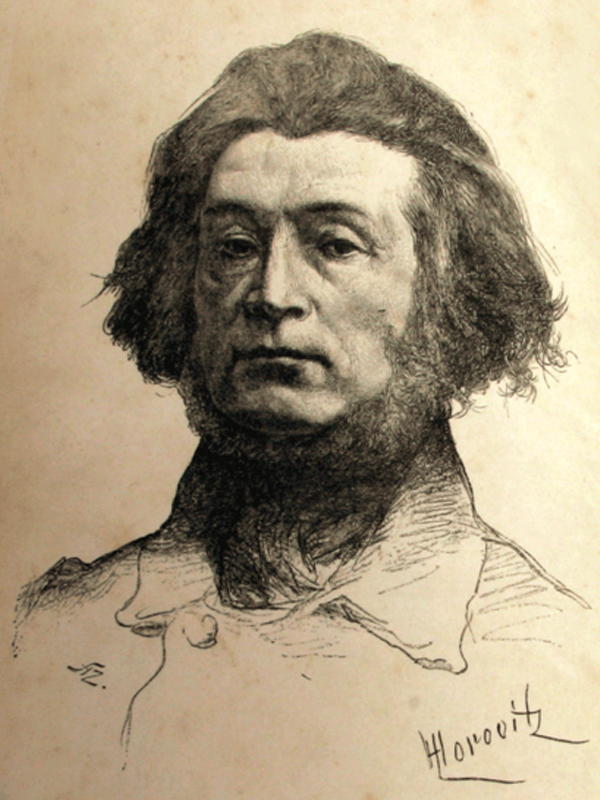 Adam Mickiewicz
Adam Mickiewicz
Poet, preacher, and exiled Polish revolutionary, Fuller met Mickiewicz in England and he became a kind of spiritual guide to her. He encouraged her to lead a more balanced life, professionally and spiritually. According to Joan von Mehren, Mickiewicz told her that in Europe “Her soul would find its sustenance in the Old World, its ‘activity’ in the New World, and its ‘repose’ in the future world.” Fuller agreed.
Thomas Carlyle
A Scottish essayist, historian, and reformist, Carlyle was drawn to the works of Goethe and other German philosophers, which led to his affinity with the American Transcendentalists and Ralph Waldo Emerson. Fuller encountered the German philosophers through Carlyle’s writing in the Edinburgh Review, and met him in 1846 in London. Carlyle threw a literary party for Fuller, introducing her to the finest writers of literary London.
George Sand
Born Amandine Aurore Lucile Dupin, Sand was a native of Paris who divorced her husband, kept her children, and became France’s first female novelist using a male pen name. She wore men’s clothes, smoked cigars, had affairs (most famously with the composer Frederic Chopin) and challenged social conventions that inhibited women. Fuller met Sand in Paris in 1846 at the height of Sand’s literary fame.
Giuseppe Mazzini
Fuller met the great exiled Italian revolutionary in London in 1846, and she was drawn to his efforts to transform Italy into a modern republic. Mazzini trusted Fuller to carry secret letters with her from Rome, where she became actively involved in the Roman Revolution as a correspondent for the New-York Tribune, manager of a hospital, and the author of a history of the revolution.
Giovanni Angelo Ossoli
Fuller became involved with Ossoli in 1847. The following year, she gave birth to their son, Angelo Eugene Phillip Ossoli. Ossoli, a revolutionary, was the estranged son of a Catholic noble family with ties to the Pope. He was ten years Fuller’s junior, and although a marriage certificate has never been found Fuller left behind letters suggesting a legal arrangement and she called herself the Countess Ossoli.

